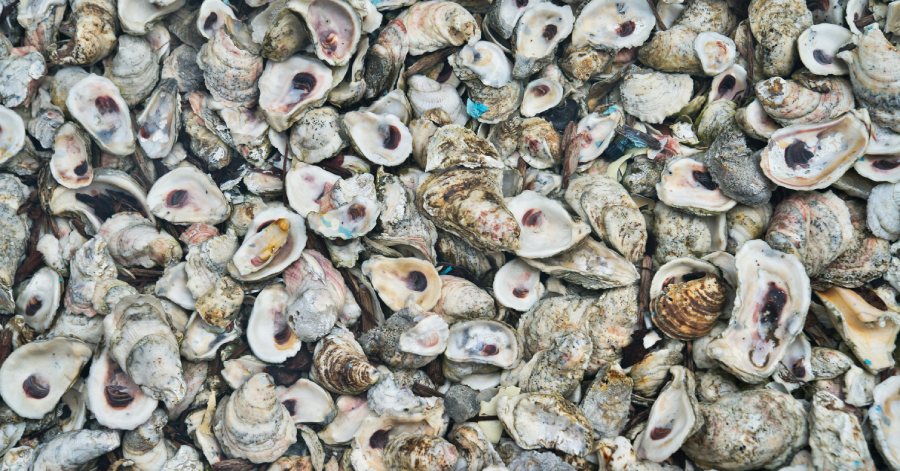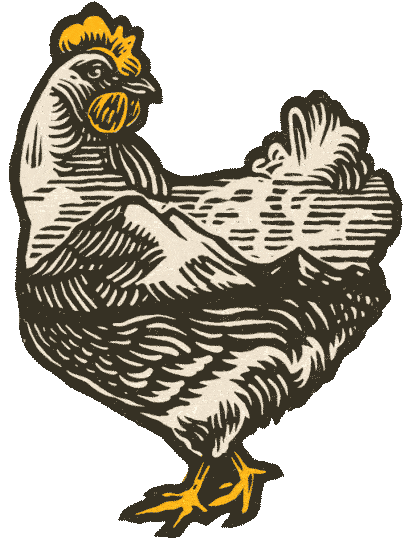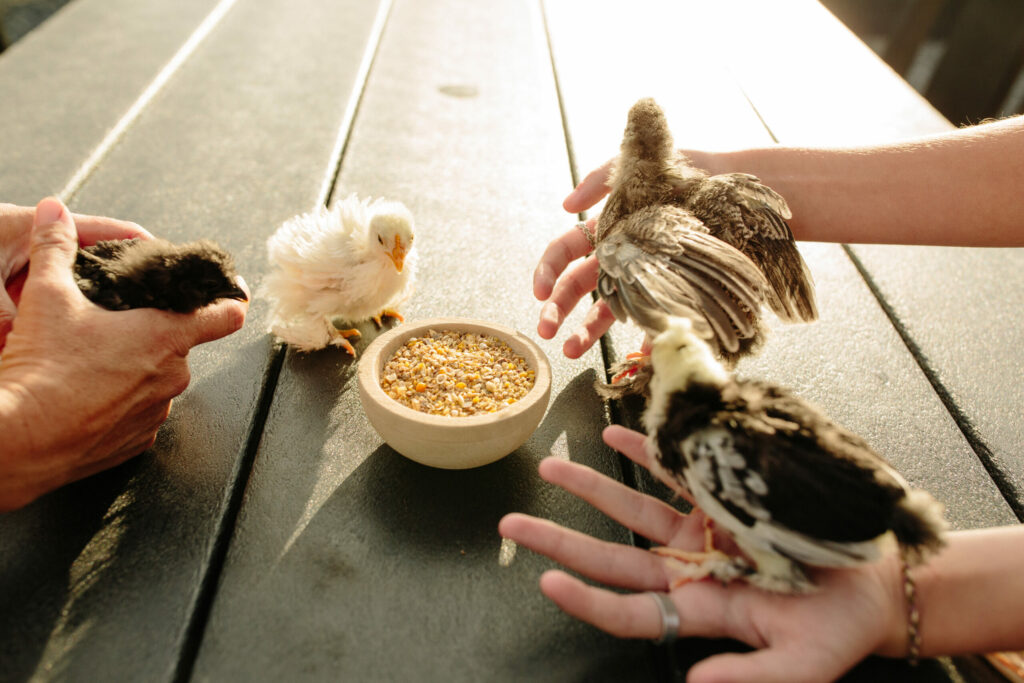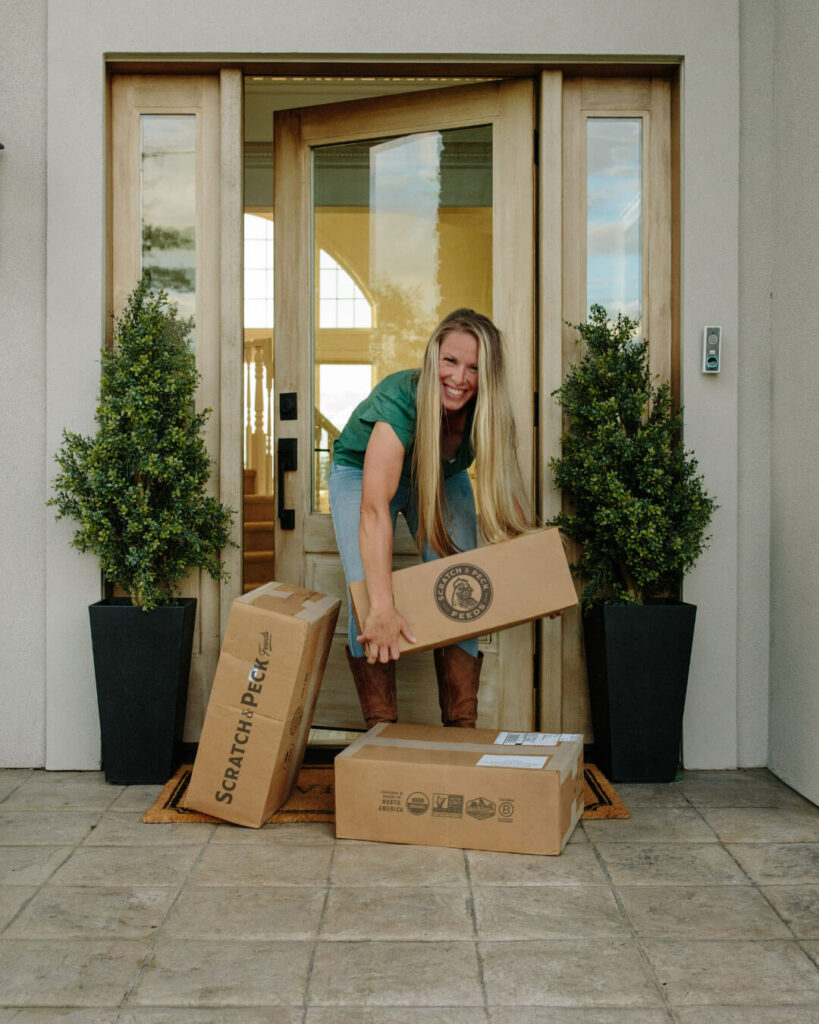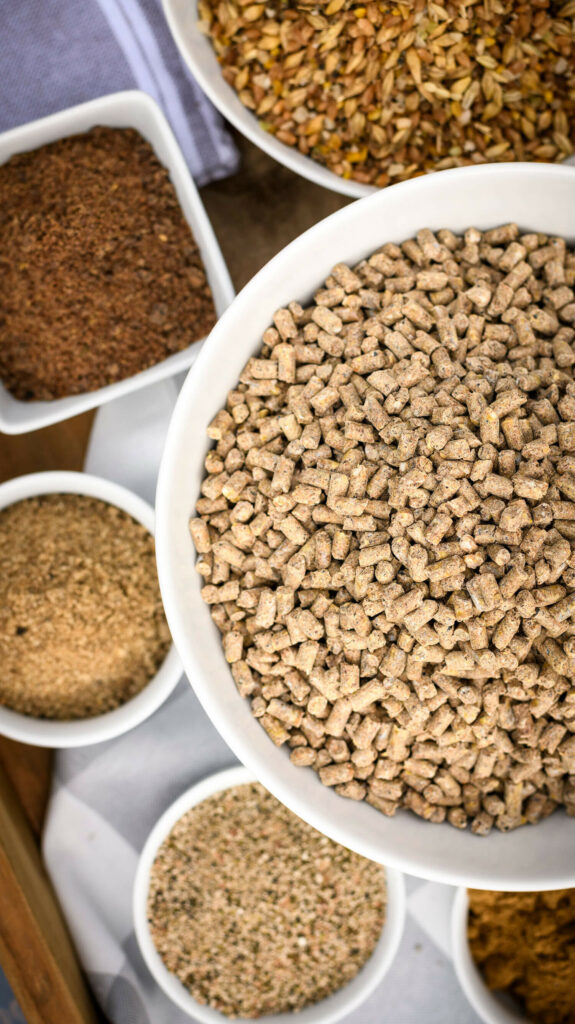If you’re raising backyard chickens, you’ve likely heard that oyster shell is essential for laying hens. But there’s a right and wrong way to feed it. In our flock, we never mix oyster shell into the main chicken feed—and there’s a good reason why.
Let’s break down what oyster shell actually is, why hens need it, and how to feed it properly so your birds stay healthy and your eggshells stay strong.
What Is Oyster Shell in Chicken Feed?
Oyster shell is a natural calcium supplement, made from cleaned and flaked shells sourced from high-quality oysters—often from the seafood industry. These shells are carefully processed to remove impurities and flaked into a consistent size that chickens can easily consume.
Each flake contains approximately 38% calcium carbonate, a crucial nutrient for hens that lay eggs regularly. Oyster shell dissolves slowly in the digestive system, offering a steady, long-lasting calcium release.
Not the Same as Grit or Eggshells
- 🪨 Oyster Shell ≠ Grit: Grit is made from granite or flint and helps grind food in the gizzard. It has no nutritional content but aids in digestion.
- 🥚 Oyster Shell ≠ Eggshells: While eggshells contain calcium, they provide a quick-release form, whereas oyster shell gives slow-release calcium, better suited for maintaining consistent shell strength.
- Both oyster shell and grit should be offered on the side free feed style.
Here’s how they compare:
| Item | Purpose | Absorption Type | Best For |
| Oyster Shell | Calcium supplement | Slow-release | Laying hens |
| Grit | Digestive aid | Not absorbed | All chickens |
| Eggshells | Calcium supplement | Fast-release | Occasional use only |
Learn more from The University of Kentucky’s Poultry Nutrition Guide.
Why Do Chickens Need Oyster Shell?
Chickens need a significant amount of calcium to form each eggshell—about 2 grams per egg, which is roughly 10% of their body’s available calcium.
If hens don’t get enough, their bodies start pulling it from their bones, leading to weakness, fragile bones, and reproductive issues.
Signs of Calcium Deficiency:
- Bone fractures or egg binding
- Soft or shell-less eggs
- Lethargy or hunched posture
- Brittle or malformed shells
Why Feed Oyster Shell Separately:
- ✅ Stronger, more consistent shells
- ✅ Healthier hens and longer laying lifespan
- ✅ Prevents calcium deficiency and bone loss
- ✅ Prevents over consumption of calcium by the whole flock vs just the hens in need.
How to Feed Oyster Shell to Chickens
We always use the “free choice” feeding method—and we recommend you do too. Never mix oyster shell into your regular layer feed.
Why?
Because not every chicken in your flock needs the same amount of calcium.
Young pullets and roosters can be harmed by too much calcium if you’re feeding a mixed flock, leading to kidney damage or other health issues.
Hens, on the other hand, will instinctively eat oyster shell only when their bodies need it—and leave it alone when they don’t.
When to Start:
Begin offering oyster shell when your hens are about 18–20 weeks old, or at the point of lay.
How to Feed:
- Keep a small feeder or dish full of oyster shell at all times
- Place it in an accessible but dry location
- Refill as needed and keep an eye on consumption
Best Oyster Shell Product for Chickens
When shopping for oyster shell, quality matters. Look for flakes made from pure, heat-treated oyster shells with no fillers, such as coral, which can be less digestible and harmful to marine ecosystems.
Recommended Product:
Scratch and Peck Feeds Oyster Shell
- Organic, non-GMO
- Sustainably sourced
- Shop Now
What to Look For:
- ✅ Clean, heat-treated flakes
- ❌ Avoid crushed coral (environmentally harmful fillers)
- 🧂 Minimal dust and solid packaging
- 🌿 Sourced sustainably
DIY Option:
You can use crushed and baked eggshells as a calcium boost, but these should only supplement oyster shell—not replace it. They’re not slow-releasing and can vary in quality.
Conclusion
Oyster shell is an essential part of any laying hen’s diet—but only when fed the right way.
- ❌ Don’t mix it into the main feed
- ✅ Offer it free-choice starting at 18–20 weeks
- 🐓 Let your hens regulate their own calcium intake
- 💡 Use clean, flaked, high-quality oyster shell only
Monitor your eggshell quality regularly and check your feed setup to make sure your flock is getting what they need, when they need it.
🛒 Ready to support your hens? Give your flock the nutritional foundation they deserve.
